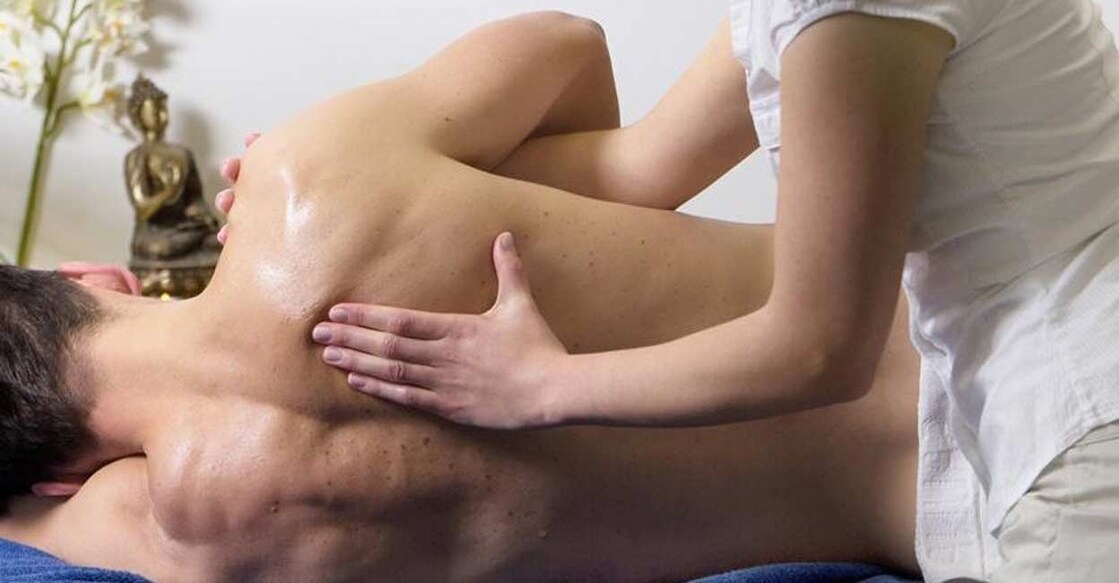Dealing with scoliosis through proper correction methods

Mail This Article
Scoliosis can be simply said as the spine's lateral curvature of greater than 10 degrees. It can be either 'C' or 'S' shaped curves. In India, it is estimated that around 10 million cases are reported every year. It can affect at any age, but most commonly children whose growth is at the peak are affected most. Around 3% of adolescents too have scoliosis.
International Scoliosis Awareness Day is observed on June 26 every year.
Causes of scoliosis vary. Even though there are some known reasons for scoliosis, the majority of causes are unknown. It can be congenital, idiopathic, neuromuscular or syndromic. It can also rarely be due to tumour, infection, trauma or degeneration.
In children, the most common type is idiopathic, commonly seen in females (4:1). It is classified as early-onset scoliosis (EOS), which occurs before the age of 10 and late-onset scoliosis, which occurs after the age of 10. EOS affects the development of the lungs and chest wall, hence it is a serious life-threatening condition and needs aggressive treatment at the early stage of the disease.
EOS can be caused by congenital anomalies of vertebrae-neuromuscular, idiopathic-or due to to syndromic scoliosis. In this condition, the principle of treatment is to increase the height of the vertebral column with the growth of the child, so that the chest cavity expands helping lung and alveolar tissue development. So it needs multiple surgeries for the lengthening of the spine, till the final scoliosis correction is achieved.
In congenital scoliosis, the deformity is due to the formation of normal vertebral body shape. It leads to either overgrowth of one side of the spinal Column or non-growth of one side and leads to severe deformity. There is no role for bracing in primary congenital scoliosis as the curve increases with the growth and the main treatment is surgery at the early stage of the disease.
The whole spine standing X-ray will show the scoliosis curves, severity, levels of the curve and truncal decompensation. CT scan and MRI may be indicated in some cases to rule out associated spinal cord abnormalities and to detail the bone anatomy better.
Once scoliosis is diagnosed the treatment depends upon the site of the spine affected, the severity of the curve, age of the child, amount of growth remaining and associated other conditions.
Curves less than 20 degrees require periodic observation every six months till growth is completed. Curves between 20-40 degrees need bracing to prevent further worsening of the curve. Bracing will not correct the deformity but will help prevent further progression. The success of bracing is directly related to the duration of the day in which the patient wears the brace, ideally 22-23 hours a day. A child has to wear a brace. Brace has to continue till the highest growth velocity is over.
Curve more than 40 degrees requires surgical correction to maintain the proper posture and cosmetic correction. Untreated scoliosis curves progress even after skeletal maturity, but the progression is only one degree per year, unlike the growing period (5-10 degrees/year).
Untreated scoliosis can cause back pain, breathing difficulty, fatigue and cosmetic disfigurement in the future. Severe scoliosis (more than 90 degrees), may cause weakness of the lower limb and upper limb, respiratory distress and reduced life expectancy. Surgical correction is done by releasing the tight structures around the vertebral column and making the spine flexible.
Scoliosis correction surgery is a complex process and only very few centres in Kerala are conducting this procedure. Meitra Hospital, Kozhikode is one of them. The complications can be bleeding, infection, pain at the surgical site and implant failure. The chance of spinal cord injury and paralysis is very rare. Since it is a complex surgery, it should be done only at centres with good results.
The world's famous persons with scoliosis include sprint legend Usain Bolt, Princess Eugenic, among others.
(Dr. Vinod V is Senior Consultant, Bone and Joint Care & Head of Spinal Surgery, Centre of Excellence for Bone and Joint Care, Meitra Hospital, Kozhikode.)

